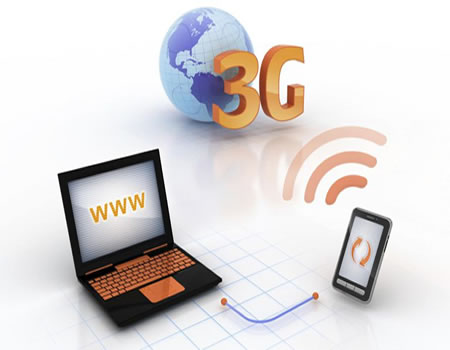Opensignal in its mobile network experience predictions for next year has said that 3G will still be more popular than 5G by 2020.
According to the mobile analytics company: “In the world of telecoms, 2019 will probably be remembered as the year 5G got serious, going from a few initial test networks to reach millions of users in dozens of markets worldwide.”
“So, what can we expect from the next generation, and the rest of the mobile world, in 2020? We’ve had a look into our crystal ball to bring you our top predictions for the coming year,” added Mr Peter Boyland, Senior Analyst at Opensignal.
He said Opensignal’s data shows that 27.2 per cent of its global user base has never connected to 4G and instead relies on 3G.
“And this is not just in emerging markets. Our recent analysis in Germany found that up to half of users don’t connect to 4G networks. 5G adoption is moving too slowly to overtake 3G adoption in just one year, anywhere in the world,” he stated.
Speaking about the African market, Boyland said: “Even in the most advanced African markets, we rarely see 4G availability scores over the 80 per cent mark, meaning that the priority for most operators on the continent remains the roll-out of their 4G networks.
“Nonetheless, some operators in more mature markets, such as MTN in South Africa, are preparing to test 5G networks – suggesting we could see a commercial launch in a major city on the continent as early as 2020. But for the vast majority of Africa’s mobile users, 5G remains a pretty distant dream.
“As a general rule, we see many more 3G users in less developed countries, where operators are still rolling out 4G networks, while more advanced countries in Europe, Asia and North America have much higher proportion of 4G users.
“However, in some countries like Germany, for example, they stand out with one of the highest proportions of 3G users – out of our user base – compared to the other developed countries.”
Opensignal’s analysis shows that South Korea is currently leading in terms of 5G subscribers and devices, but it is seeing some of the fastest speeds in the United States.
“The US is in dire need of lower bandwidth spectrum to accelerate 5G coverage, and this issue with spectrum availability is likely to be an ongoing theme globally as 5G becomes more ubiquitous,” he said.
Opensignal also predicts 4G will remain an essential foundation for 5G services in 2020.
The mobile analytics firm recently found just 1 per cent of speed tests its US users conducted from 5G New Radio (5G NR) enabled devices used an active 5G connection, compared with 20 per cent of speed tests conducted in early 5G leader South Korea.
Much like the issue with non-standalone 5G networks, this means the user is not getting the full 5G experience, and this issue will continue in 2020 unless more 5G NR devices become available, it said.
The firm also believes spectrum availability will have a huge impact on the 5G experience.
“Our analysis shows that the frequencies used for 4G can have a strong impact on the mobile network experience,” added Boyland.
He points out that the majority of early 5G launches have utilised mid-band spectrum, in the two 2GHz to 4GHz ranges. These bands, according to him, are ideal for urban roll-out, offering a good mix of data capacity, range and in-building penetration.
WATCH TOP VIDEOS FROM NIGERIAN TRIBUNE TV
- Let’s Talk About SELF-AWARENESS
- Is Your Confidence Mistaken for Pride? Let’s talk about it
- Is Etiquette About Perfection…Or Just Not Being Rude?
- Top Psychologist Reveal 3 Signs You’re Struggling With Imposter Syndrome
- Do You Pick Up Work-Related Calls at Midnight or Never? Let’s Talk About Boundaries







